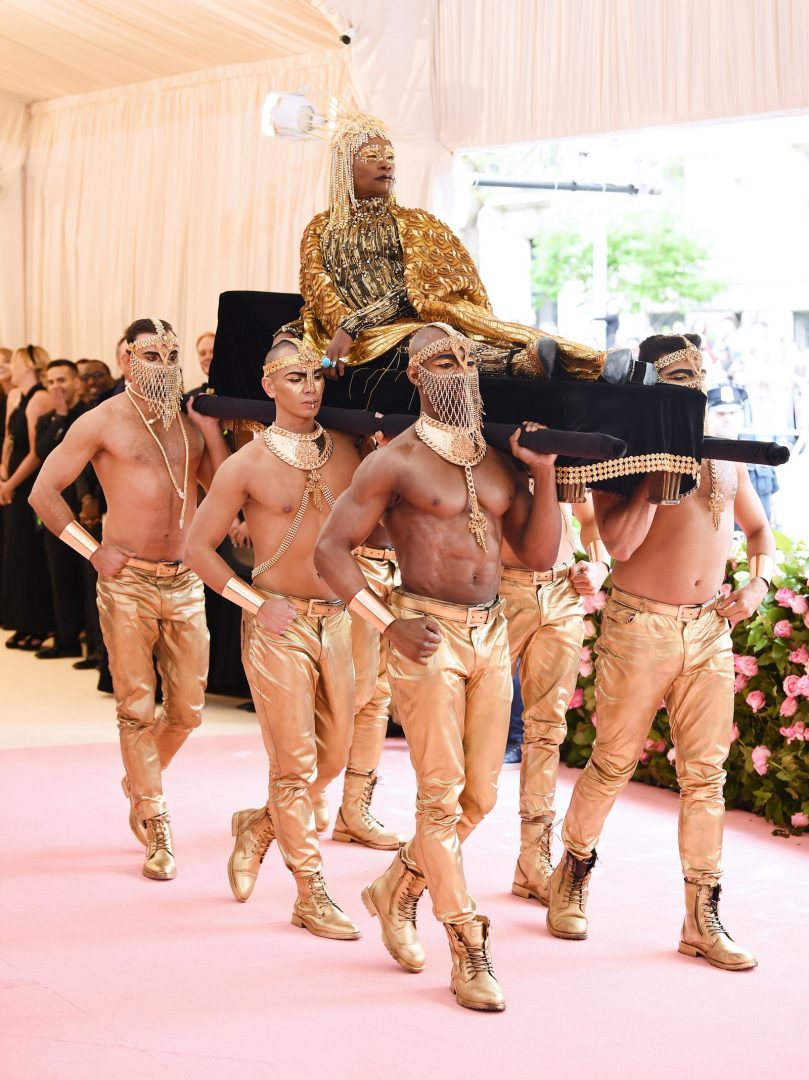The Met Gala red carpet is a place where celebrities are encouraged to let their sartorial imagination run wild. As if they were granted the pleasure of temporarily circumventing the conventional laws of fashion. With one basic condition: that they respectfully honour the special theme of each year! But this was not always the case. In previous years the event was more of a traditional evening gala. The men adhered to a very conventional dress code, choosing mainly classic suits and tuxedos.

The beginning of the end
Back in 2001, Alan Cumming climbed the museum stairs in a red tartan kilt. The theme that year was “Jacqueline Kennedy: The White House Years”. Obviously there was no real correlation between the subject matter and its bold whole. Later in 2006, the late designer Alexander McQueen also shocked the red carpet. He showed up in tartan prep, which matched his date for the evening, Sarah Jessica Parker, as a nod to his Scottish roots. And who could forget Marc Jacobs’ look in a lace Comme des Garçons dress over boxers in 2012? “I just didn’t want to wear a tuxedo and be boring,” the designer later said.

The 2010s
After plenty of experimentation at men’s fashion shows, the male celebrities at the Met Gala started to adopt a freer spirit. As Jacobs said, “boring” was no longer acceptable. Gone are the costumes, in come the outré looks. Some of the best moments of the last decade were completely out of the box so to speak. Jaden Smith was a prime example of this with his own dreadlocks on the red carpet in 2017.
Other sets of costumes emerged from an absolute commitment to a theme. Check out Kanye West’s robotic look with Balmain for the tech theme of 2016. Or Chadwick Bosman’s angelic cape for the 2018 “Heavenly Bodies” theme. And then there’s Jared Leto, who dared a full-on camp look in 2019, with an effigy of his head designed by Gucci’s Alessandro Michele, which he kept on the red carpet, tucked under his arm.




